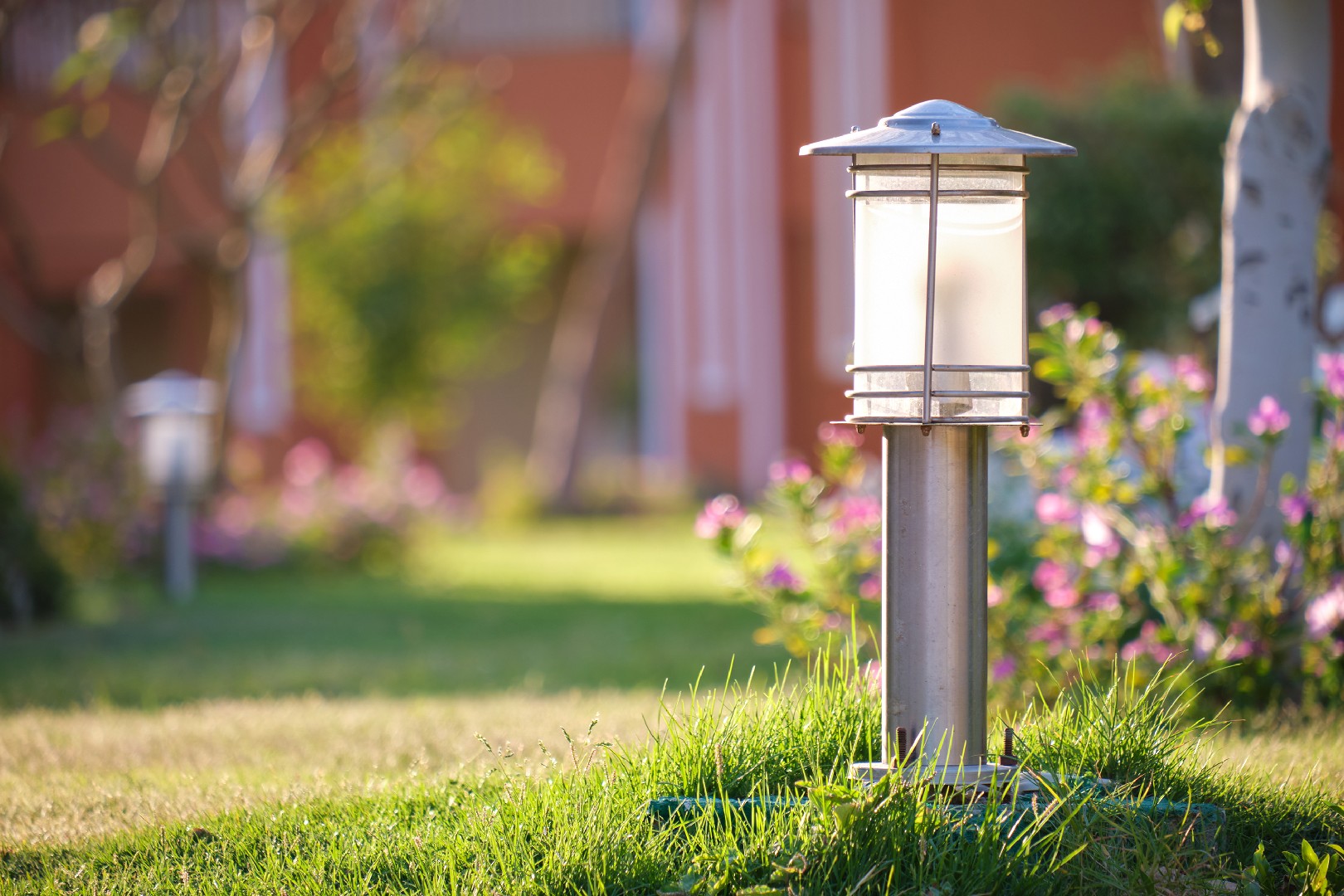![Rectangle]()
Choosing the Right Motion Sensor Lights for Your Garden
When it comes to augmenting garden security with motion sensor lighting, choosing the right type of lights is crucial. There are several options available in the market, including solar-powered lights, energy-efficient LED lights, and others. Understanding the different types of motion-sensor lights will help you make an informed decision.
Solar-powered motion sensor lights are an excellent choice for your garden if you want to minimize energy consumption. These lights harness solar energy during the day and use it to power the sensors and LEDs at night. They are easy to install and do not require any additional wiring. However, it's important to select solar lights that have a high-quality solar panel and a large-capacity battery to ensure they can operate effectively even on cloudy days.
Energy-efficient LED motion sensor lights are another popular option. LED lights are known for their longevity and energy efficiency. They consume less power compared to traditional incandescent or halogen bulbs, making them a cost-effective choice. LED lights also have a longer lifespan, saving you the hassle of frequent bulb replacements. Look for motion sensor lights that use LED technology and have adjustable settings for brightness and range.
In addition to considering the different types of motion sensor lights, it's essential to assess your specific needs and preferences for garden lighting. Are you primarily looking for safety, aesthetics, or functionality? This will help you determine the right kind of lighting for your garden.
For safety purposes, it's recommended to install motion sensor lights near entry points and pathways. These lights will automatically turn on when someone approaches, providing visibility and deterring potential intruders. Aesthetics can be enhanced by using decorative motion sensor lights that complement the overall design of your garden. These lights can add a touch of elegance and ambiance during the evening hours. Functionality is important if you have specific areas in your garden, such as a patio or seating area, where you need consistent lighting. In such cases, consider installing motion sensor lights with adjustable settings for duration and sensitivity.
When selecting motion sensor lights for your garden, take into account the size, layout, and design of your outdoor space. For larger gardens, you may need multiple lights to ensure adequate coverage. Consider the range and angle of detection offered by the lights to effectively monitor the surrounding areas. Additionally, opt for lights that are weather-resistant and durable to withstand outdoor conditions.
By understanding the different types of motion sensor lights and assessing your specific needs, you can make an informed decision when choosing the right lighting for your garden. Whether you prioritize energy efficiency, aesthetics, or functionality, there is a wide range of options available to meet your requirements. Invest in high-quality lights that will enhance the security and beauty of your garden, ensuring peace of mind and enjoyment for years to come.





